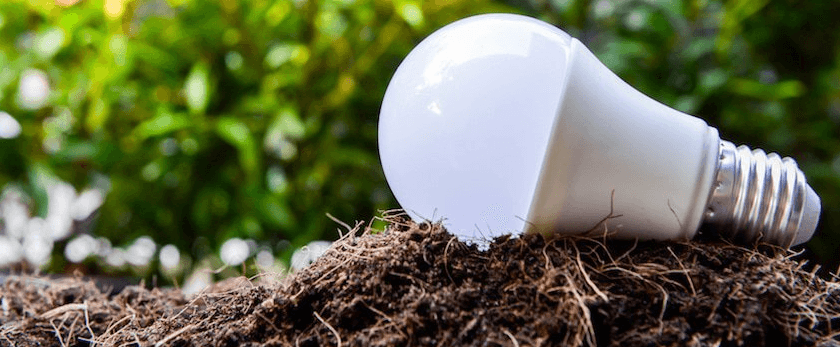In our journey towards a greener, more eco-friendly lifestyle, every small step counts. One often-overlooked aspect of sustainable living is the responsible disposal of low-energy light bulbs. These energy-saving bulbs, including CFLs (Compact Fluorescent Lamps) and LEDs (Light Emitting Diodes), contain materials that can harm the environment if not handled properly. In this informative article, we'll explore the best ways to dispose of low-energy light bulbs and shed light on how we can collectively make a positive impact on our planet.
Why Proper Disposal Matters
Before diving into the disposal methods, let's understand why it's crucial to handle low-energy light bulbs with care:
-
Harmful Components: These bulbs may contain small amounts of hazardous materials such as mercury, which can pose risks to the environment and human health if not managed correctly.
-
Resource Conservation: Responsible disposal allows for the recovery of valuable materials like glass, metals, and phosphor, reducing the need for new resources and energy-intensive manufacturing processes.
-
Reduced Waste: Proper disposal contributes to reducing electronic waste, which is a growing concern worldwide. It aligns with the principles of the circular economy, where materials are reused or recycled, rather than ending up in landfills.

How to Dispose of Low Energy Light Bulbs
Now, let's explore the various methods for disposing of low-energy light bulbs safely:
1. Local Recycling Programs
Many communities have established recycling programs for light bulbs. Check with your local recycling center or municipality to find out if they accept CFLs and LEDs. They may have specific drop-off locations or guidelines for disposal.
2. Retailer Take-Back Programs
Some retailers, especially those selling light bulbs, offer take-back programs. They may take back old bulbs for recycling when you purchase new ones. This convenient option makes it easier for you to dispose of old bulbs responsibly.
3. Hazardous Waste Collection Events
Many areas hold hazardous waste collection events periodically. These events are ideal for disposing of items like light bulbs that contain hazardous materials. Keep an eye on local announcements for such events in your community.
4. Mail-Back Programs
Certain organizations provide mail-back kits for recycling CFLs. You can order a kit, safely pack your used bulbs, and send them for recycling. This option is especially helpful if you don't have access to local recycling facilities.
5. Earth-Friendly DIY Recycling
For the DIY enthusiasts, there are creative ways to repurpose old light bulbs. Turn them into decorative vases, terrariums, or even small planters. Just be sure to remove any remaining mercury if you choose this option.
Do Charities Take Light Bulbs?
While charities primarily focus on accepting donations of usable items, it's always worth reaching out to local charities or nonprofit organizations to inquire about their specific needs. Some charities may accept new or gently used light bulbs if they are in good condition and fit their mission.
Is Reducing Light Bulbs Reuse or Recycle?
Reducing the number of light bulbs we use is the most sustainable approach. Opt for energy-efficient LED bulbs, which have a longer lifespan and consume less energy. This not only reduces the frequency of disposal but also saves you money on energy bills. Remember, reducing is the first step towards a greener lifestyle.
In conclusion, responsible disposal of low-energy light bulbs is a simple yet impactful way to contribute to a more sustainable future. By recycling, repurposing, or reducing our use of these bulbs, we can minimize waste and reduce the environmental impact. Let's make conscious choices today for a brighter, eco-friendly tomorrow.










